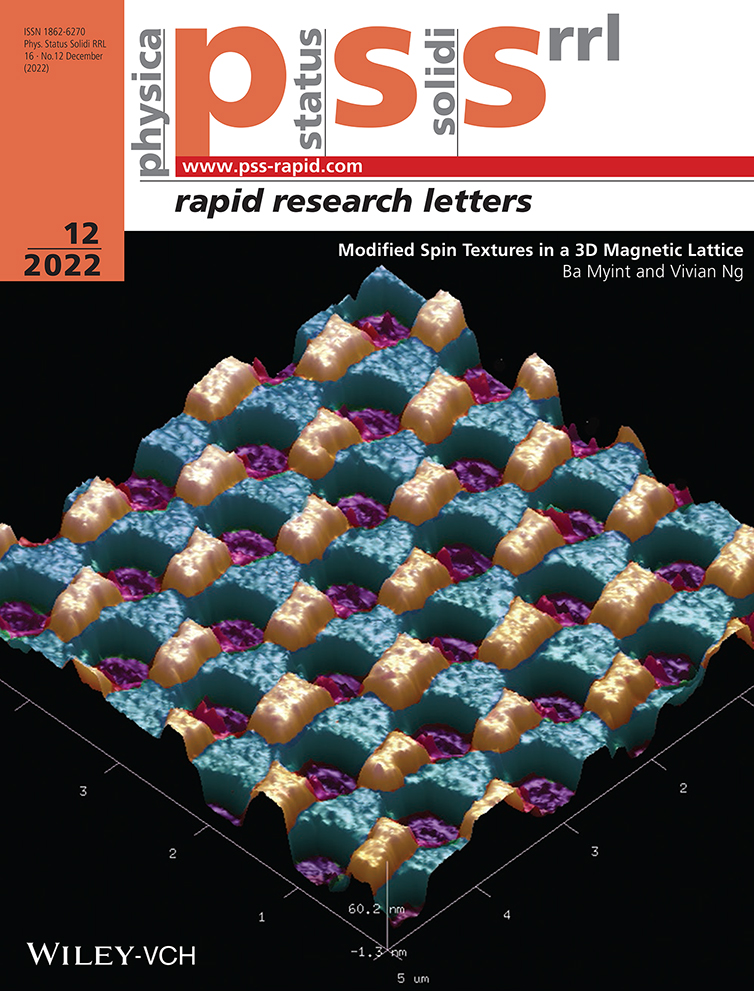Tunable Optoelectronic Properties of Bilayer MoS2 via Interlayer Twist and Uniaxial Strain
Abstract
2D twisted layered materials provide a new platform to study strongly correlated quantum phenomena. In homo- or heterostructures, the interlayer coupling is sensitive to the twist angles (θ), which serves as a key order parameter to controllably adjust exotic properties therein. The widely studied atomically thin molybdenum disulfide (MoS2) shows strong photoluminescence (PL) and is considered a promising optoelectronic material. Herein, by applying a uniaxial strain up to 5%, the evolution of the Raman and PL spectra of bilayer MoS2 with four different twist angles is investigated. The redshift per unit strain of the PL energy in twisted bilayer MoS2 (tBLM) reaches its extreme when θ is 30°. Further, two kinds of phototransistors based on tBLM structures with twist angles of 0° and 30° are constructed. The photoresponsivity (R) and the specific photodetectivity (D*) of the 30°-twisted-tBLM-based phototransistor are successfully improved by ≈20 and ≈100 times than those values of the 0°-twisted one, respectively. These findings provide a beneficial understanding of the effects of twist angle and strain on the optical and electrical applications based on tBLM and are applicable to other 2D materials.
Conflict of Interest
The authors declare no conflict of interest.
Open Research
Data Availability Statement
The data that support the findings of this study are available from the corresponding author upon reasonable request.




